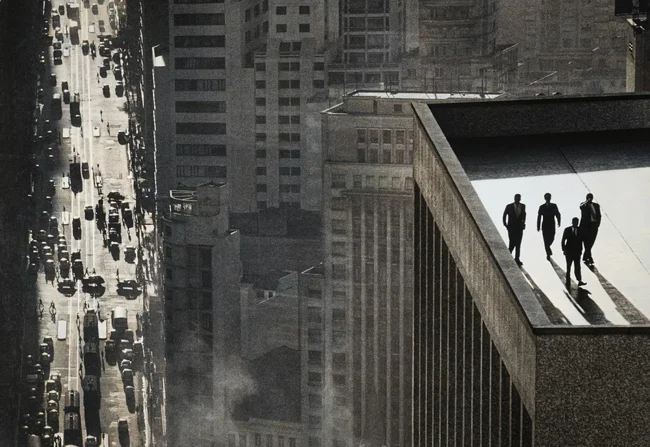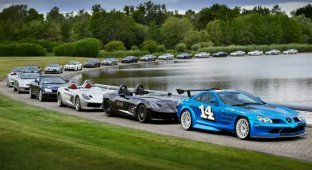Unusual and interesting photos from around the world taken in the 20th century (21 photos)
This selection will reveal rare shots from all over the world — pictures taken in different years of the 20th century. They are like windows into the past: city streets, parks and squares of Latin America, the life and holidays of different nations. 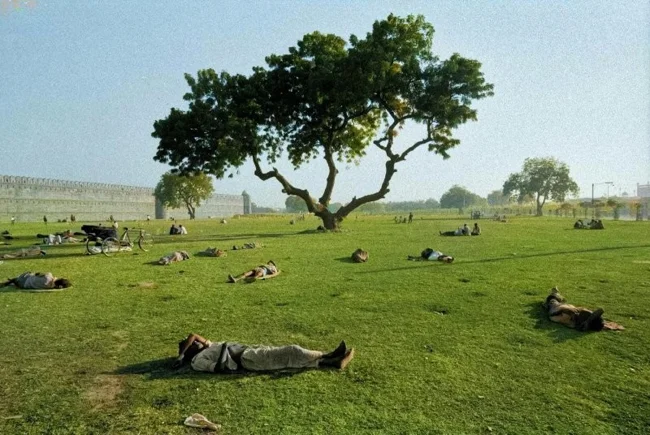
A farmer in a horse-drawn carriage rides along Avenue Gambetta in front of a modern building in the capital of Tunisia, 1950. 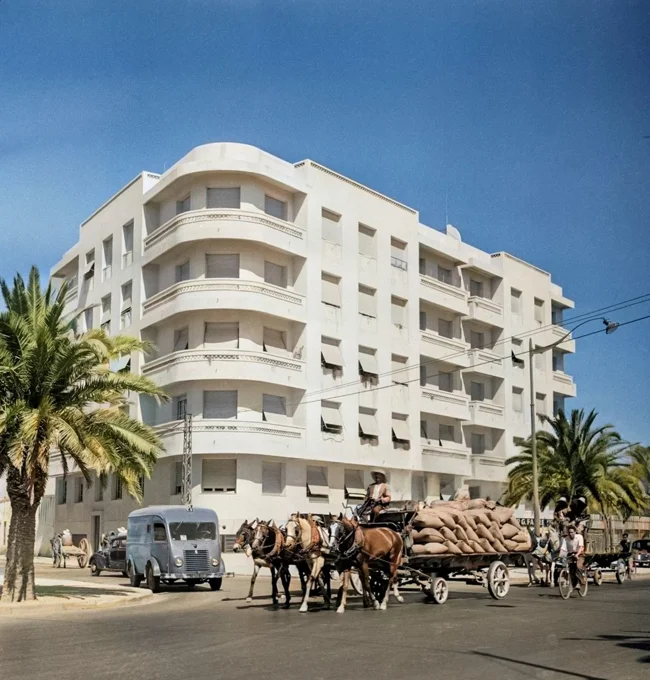
A woman works at a furnace at the Vulcan cement factory. Dimitrovgrad, Bulgaria, 1964. 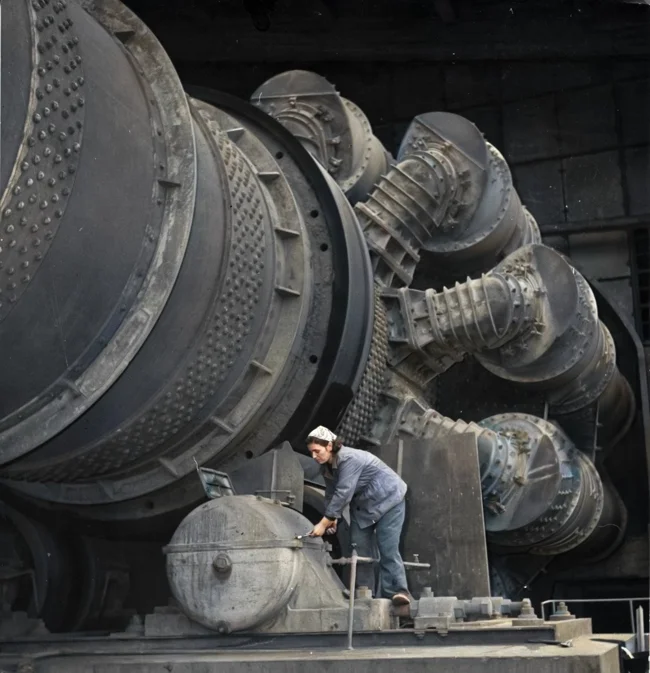
Dimitrovgrad is a city born of the ideology and ambitions of the post-war era. Its construction began on May 10, 1947, as part of a large-scale project to create a new socialist space in Bulgaria.
From the very beginning it was declared a "city of the future", an example of what a bright Soviet tomorrow on Bulgarian soil should look like. It was named after Georgi Dimitrov, the leader of the Bulgarian Communist Party and a symbol of ties with the USSR.
The construction era gave the city not only a name, but also a spirit: the cult of Stalin and Dimitrov's personality was everywhere - from the names of enterprises to the layout of the streets.
The first industrial heart of the city was the Vulcan cement plant, followed by powerful enterprises - TPP-3 and the famous Stalin Nitrogen Fertilizer Plant (later - Dimitrovgrad Chemical Plant).
It was a city of dreams and work, where every brick had to speak of progress.
A young couple enjoy drinks on the terrace of a new hotel for foreigners near Mount Osogovo in Kyustendil, Bulgaria, 1965. 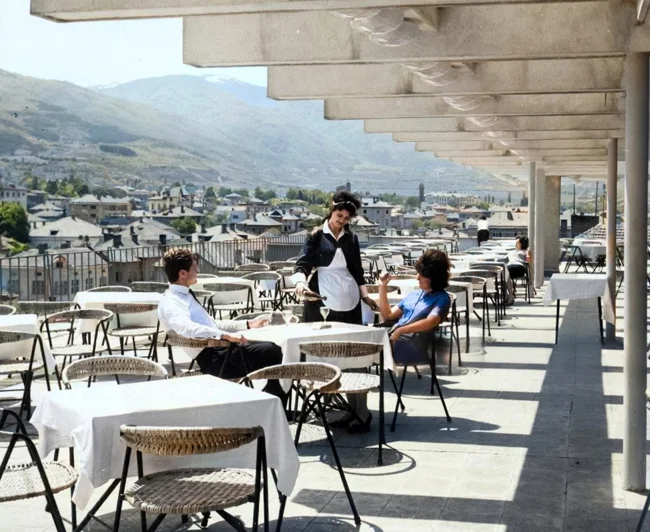
A traditional Yoruba house. Nigeria, 1904. 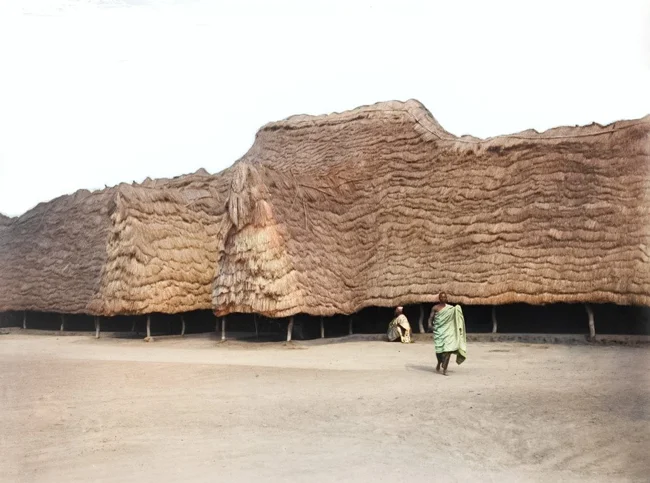
For many African peoples, including the Yoruba, such a structure was not just a house - it was a "natural air conditioner" created by the hands of their ancestors and tested for centuries.
A nightclub dancer in a special aquarium. Beirut, 1966. 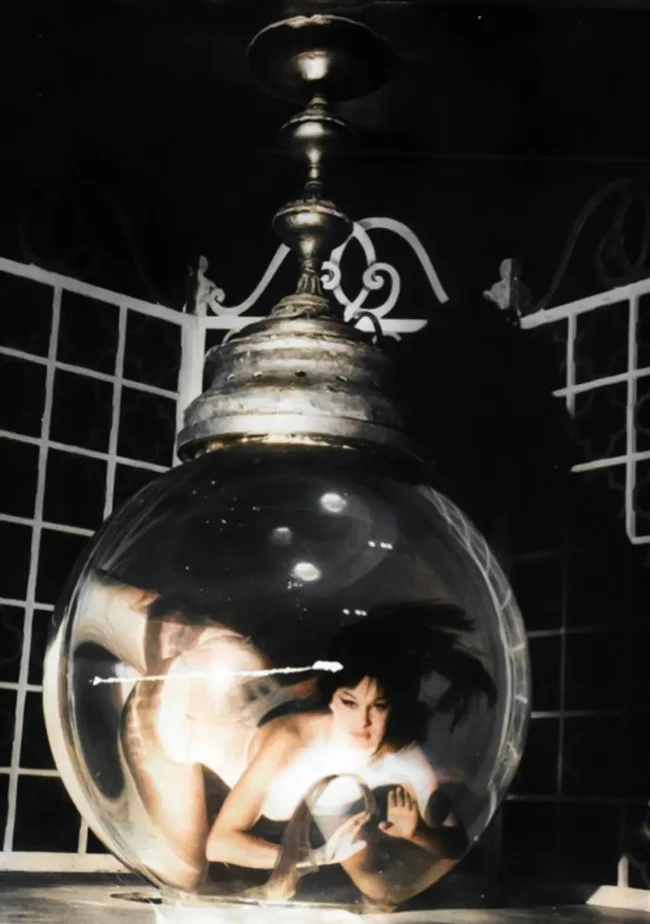
New Delhi, 1972. 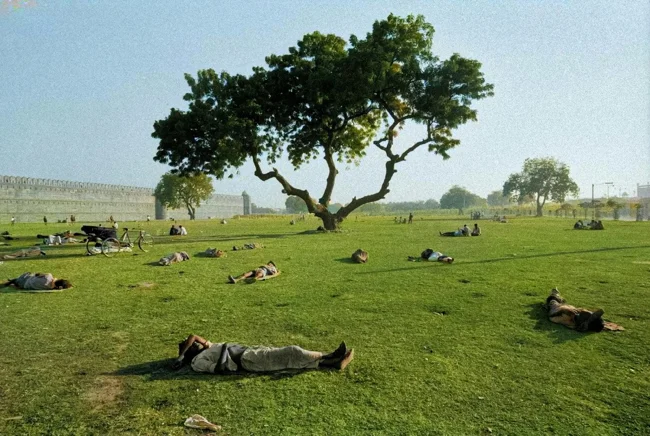
Petrushnja Vas village. Yugoslavia (Slovenia), 1950. 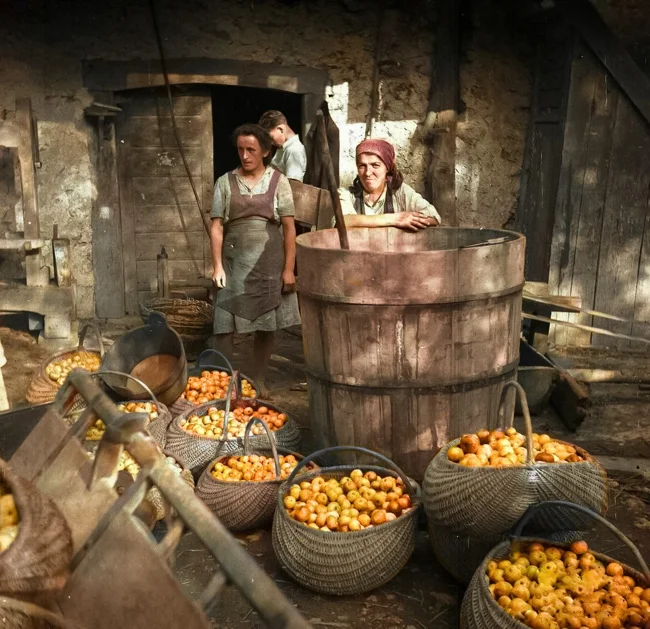
Locals prepare a vat for making rakia. Rakia is not just alcohol, it is a ritual, tradition and national pride of many countries of Eastern Europe and the Balkans.
Common raw materials for this drink are plums and grapes, but apricots, pears, cherries and raspberries are also used. Peaches, apples, figs, blackberries and quince are used less often.
Regular rakia is about 40% strength. But if we are talking about homemade, it is more serious: from 50 to 60 degrees and higher.
Trees in the fog, Chile, 1939. 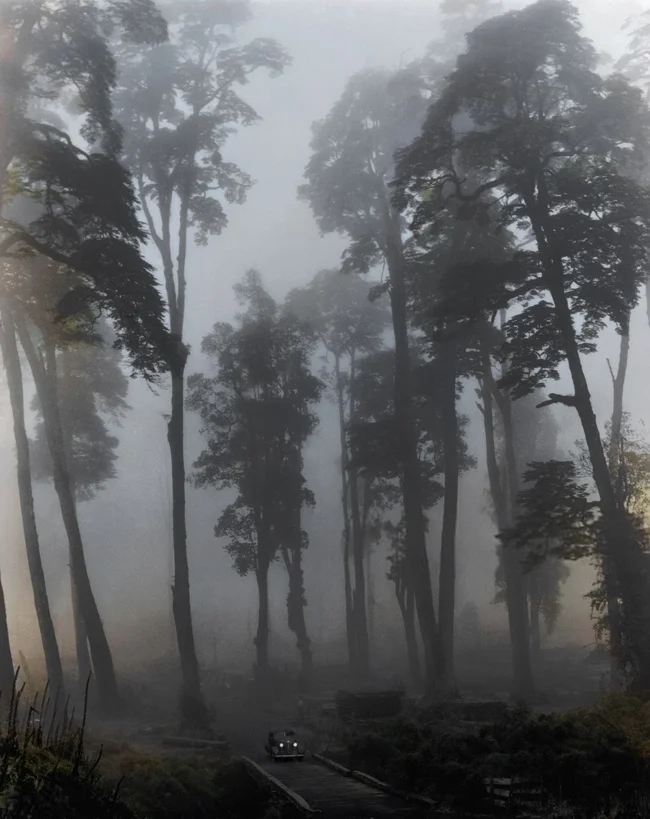
A thoroughly atmospheric, quiet and slightly mysterious shot. Silhouettes of trees and a lonely car are visible through the light haze.
Assembly line of the Ivo Lola Ribar machine tool factory in Zeleznik, near Belgrade, Serbia, Yugoslavia, mid-1960s. 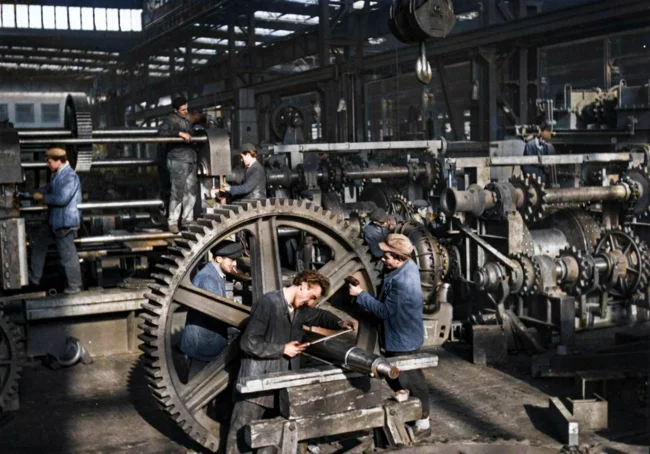
Sudanese oil workers play Adenese workers during a soccer championship in Dharan, Saudi Arabia, circa 1945. 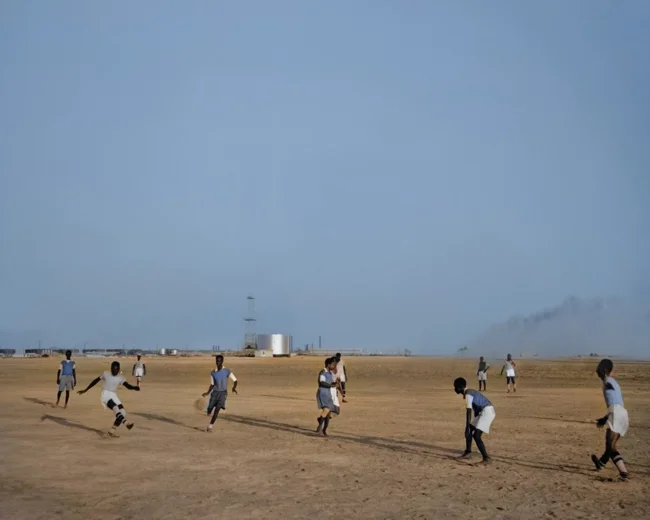
A horse-drawn carriage next to an American Chevrolet on the streets of Erzurum. Turkey, 1973. 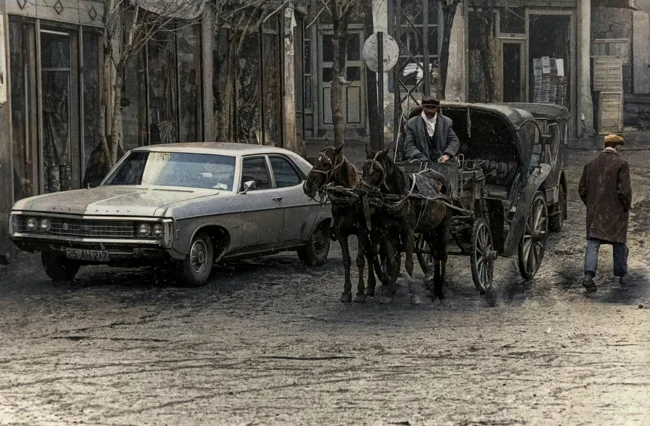
A rickshaw carries a family of white colonialists, 1911. 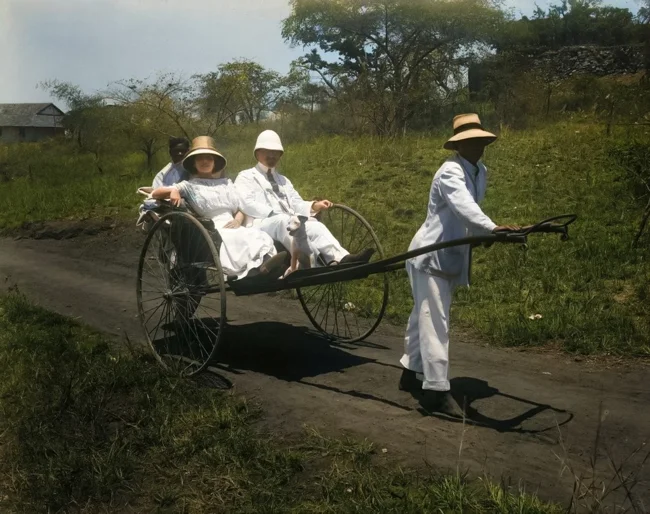
Rickshaws and porters appeared long before the arrival of the colonizers - in Asia, Africa and Latin America they were part of urban life, a form of income and even a certain social status.
For many, being a rickshaw driver did not mean oppression, but an opportunity to feed a family. Having your own "car" was not only profitable, but also prestigious in its own way - it was your own business on two legs.
Arrival of the steamship "Hertog Hendrik" on the Suriname River near Paramaribo. Suriname, 1928. 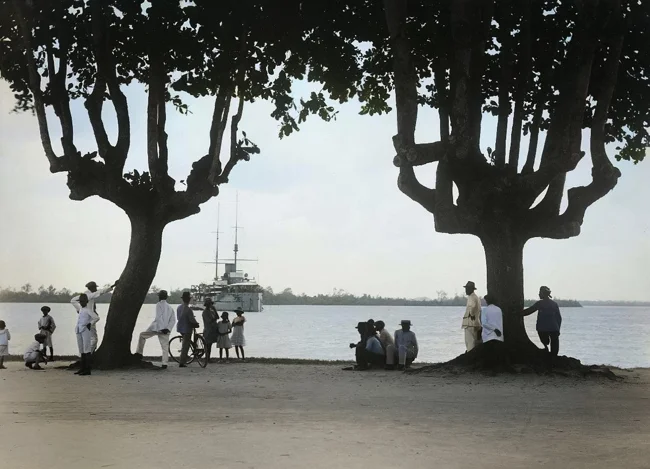
Only four of these steamships were built: Snufkin, Hendrik, Tofsla and Vifsla.
Hertog Hendrik is not just a Dutch-built coastguard battleship. It is a ship that has survived war, occupation and a second birth.
During World War II, it was captured by the Germans, who converted it into a floating anti-aircraft battery - a kind of water fortress in the middle of European ports.
After the war, the ship was returned to the Netherlands, and then the third act awaited it: "Hertog Hendrik" turned into a floating home - a change of role from shooting to family comfort.
May Day parade. Tel Aviv, 1949. 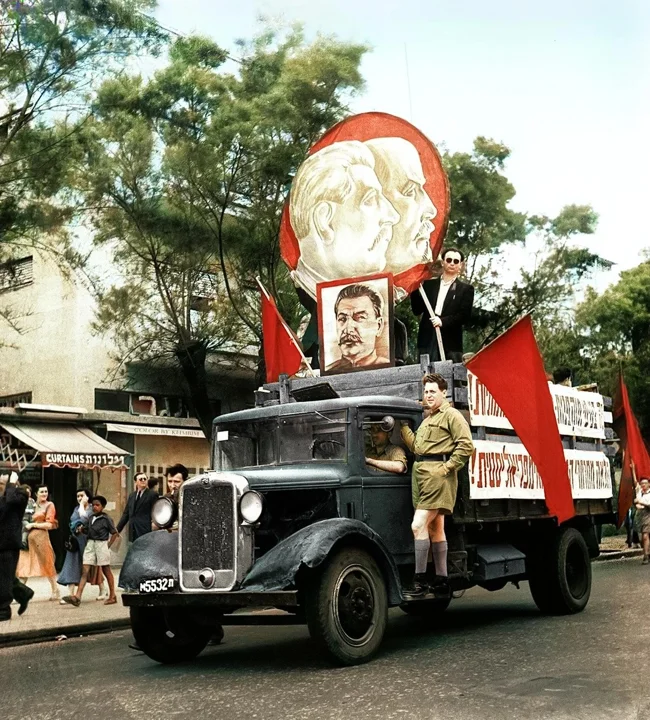
After the Victory over fascism, the USSR became a symbol of not only military power, but also hope for many countries. His role in saving the world from Nazism made the Soviet Union a truly influential player on the world stage.
Young ladies on the beach near Melbourne, Australia, 1910. 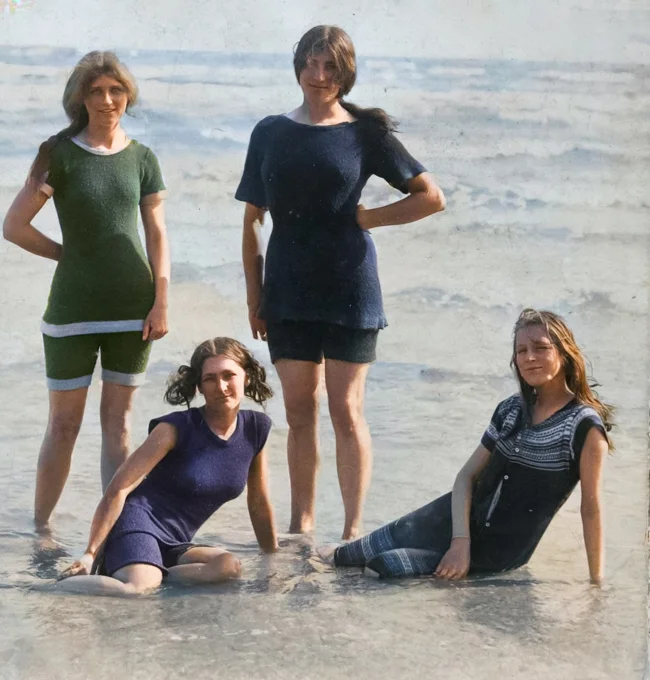
Such suits were a tribute to the propriety of the era, when even in the water one had to remain a “worthy lady.” But over time, fashion began to give way to convenience — and in just a couple of decades, the women's swimsuit has transformed from a one-piece suit into a symbol of freedom.
Cuzco, Peru, 1954. 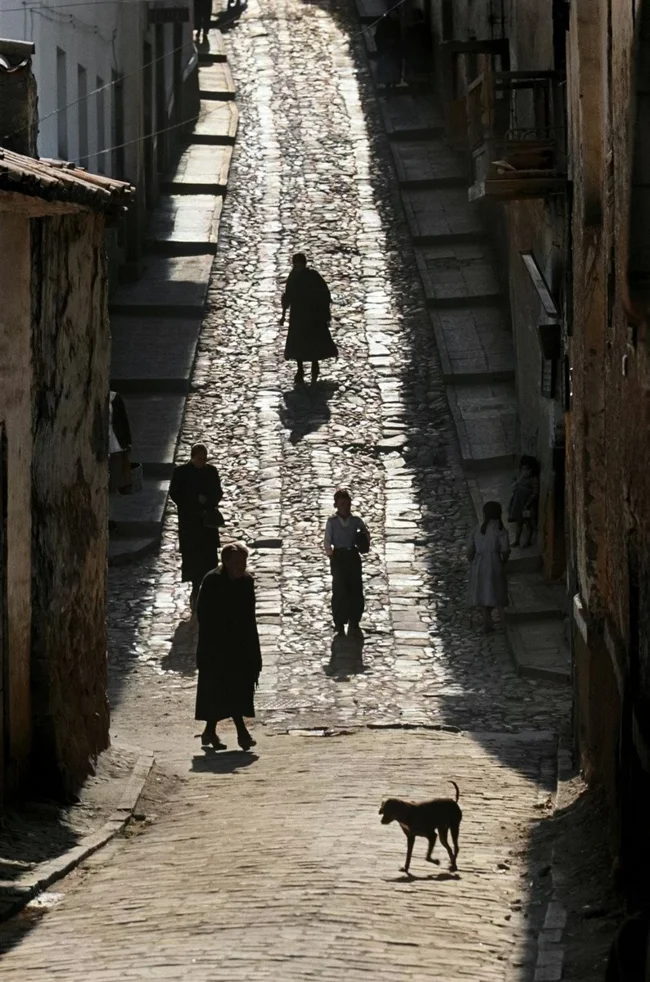
Sahel, Africa, 1984. 
Sahel is the "heart of Africa". The territory of this country divides it between the Sahara and the savannah. This region suffered greatly from drought throughout the 20th century.
In the 1980s, another drought turned into a disaster. After years of lack of rain, the desert continued to advance, rivers dried up, livestock died, and fields became dusty wastelands. Millions were on the brink of starvation. People went to the cities, fled to other countries, lost their homes and traditional way of life.
The tragedy of the Sahel shocked the world: photographs of malnourished children, deserted villages, and endless lines for water became symbols of a disaster that could not be ignored.
Railway building. Buenos Aires, Argentina, 1936. 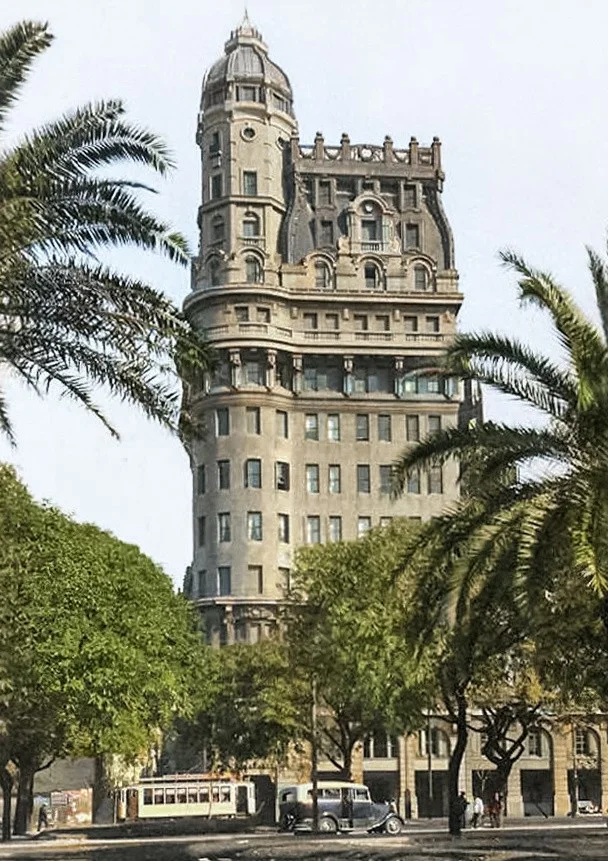
At the beginning of the 20th century, the railway companies in Argentina were mainly in the hands of the British. In the mid-1900s, the Southern Railway (now Roca), the Central Argentine Railway (now Mitre), the Western Railway (now Sarmiento), and the Buenos Aires Pacific Railway (now San Martin) decided to consolidate their offices in one building.
It was designed in 1907 and built by 1910, but the grand opening did not take place until 1914. This building was the first skyscraper in the city and still stands today.
Plaza de Armas de San Sebastian. Peru, Cusco, 1934. 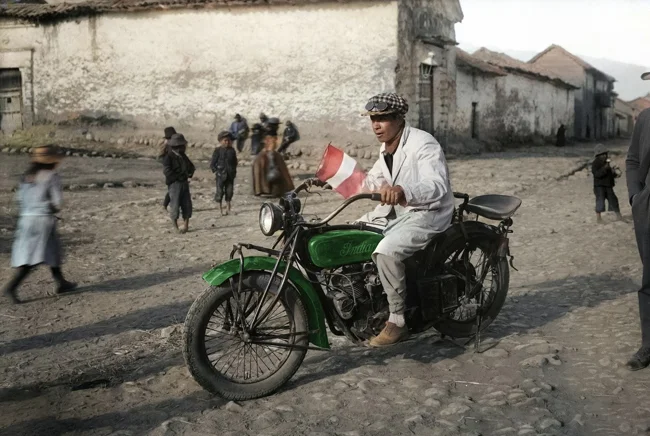
A Peruvian rides an iconic Indian motorcycle. Founded in 1901, the Massachusetts-based Indian Motocycle Manufacturing Company pioneered the world of two-wheeled vehicles.
Their motorcycles weren't just machines — they were legendary: Indiana riders fought for speed records, the US Army used them in its operations, and Hollywood stars and businessmen chose them as a symbol of freedom and progress.
With powerful engines, stylish design, and robust construction, Indianas became synonymous with quality and the spirit of the road.
Sao Paulo, 1960. 